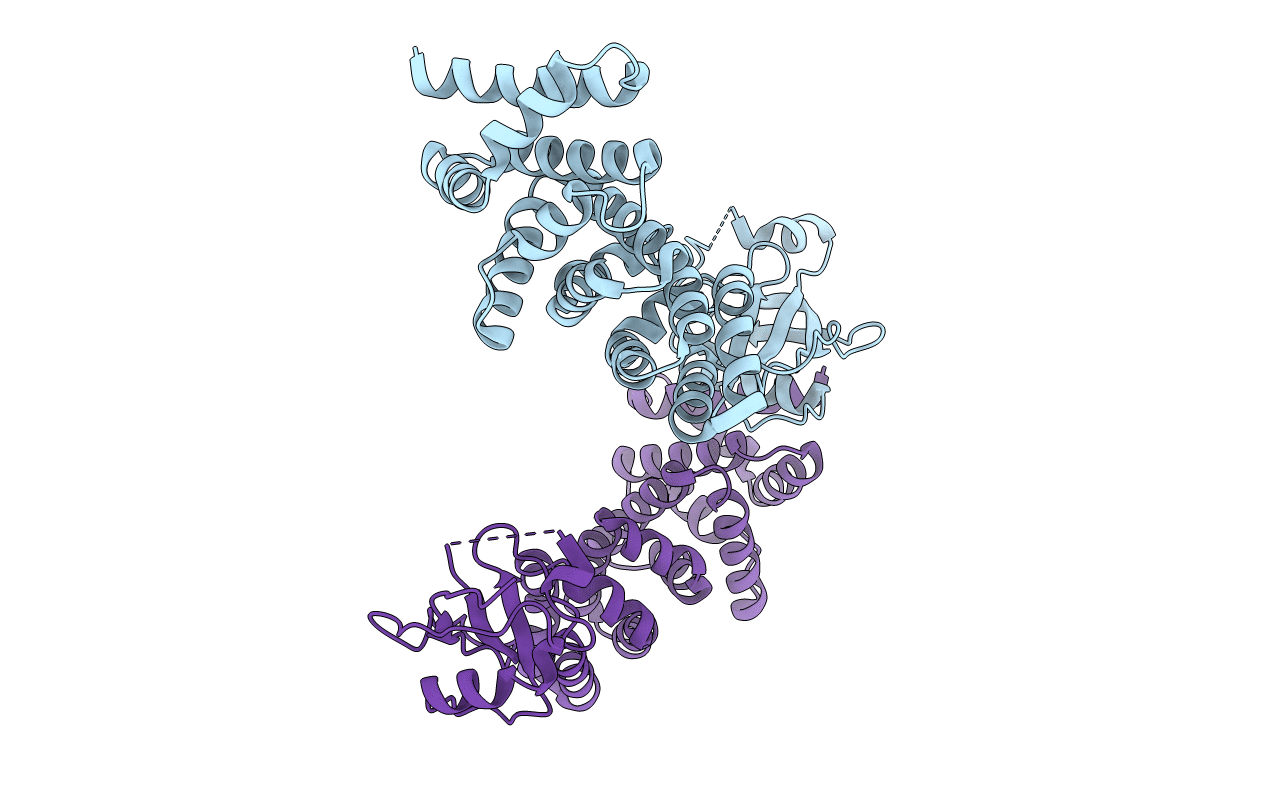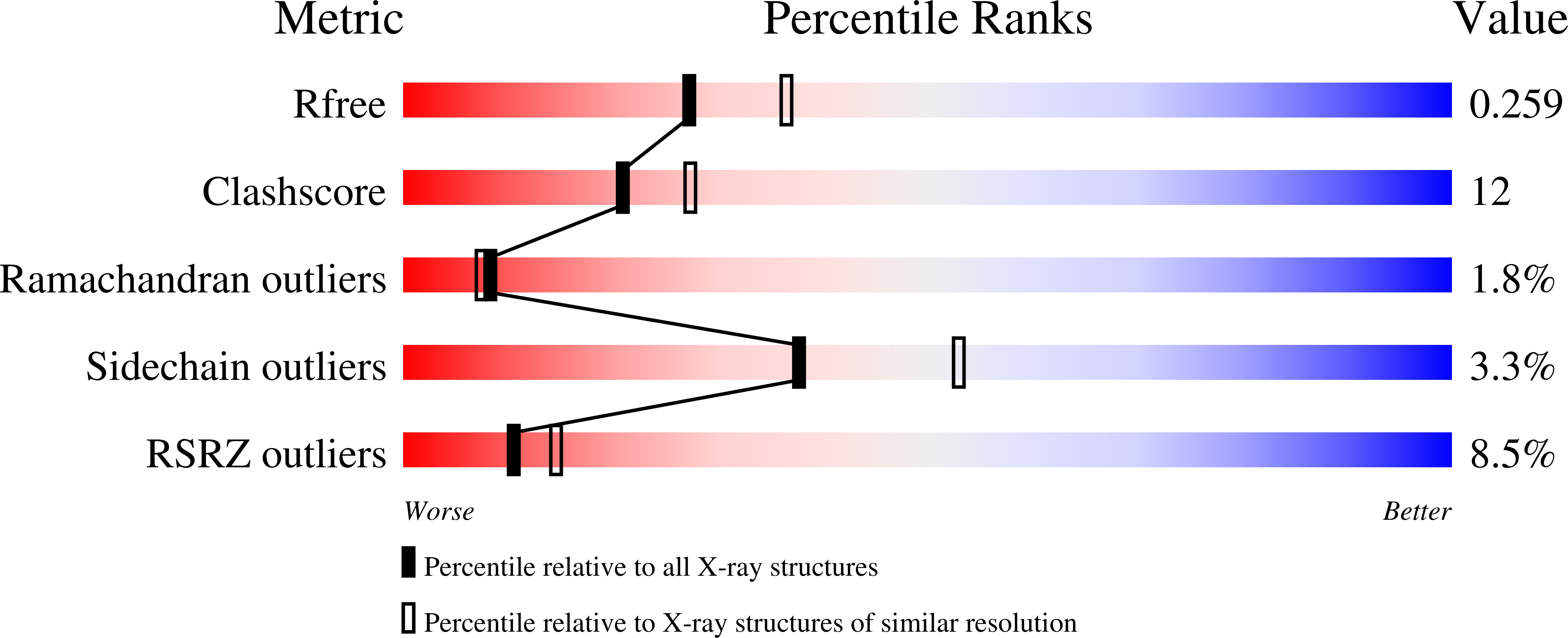
Deposition Date
2008-05-29
Release Date
2008-09-16
Last Version Date
2024-02-21
Entry Detail
PDB ID:
3DAD
Keywords:
Title:
Crystal structure of the N-terminal regulatory domains of the formin FHOD1
Biological Source:
Source Organism:
Homo sapiens (Taxon ID: 9606)
Host Organism:
Method Details:
Experimental Method:
Resolution:
2.30 Å
R-Value Free:
0.25
R-Value Work:
0.21
Space Group:
P 1


